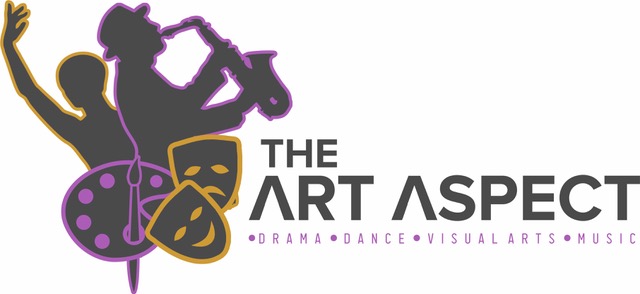Dance Your Way Around The World
One of the best ways to experience the different cultures around the world is through music and dance. Dancing and singing are an important part of a lot of cultures around the world. The love of dance and music is one thing that connects people from all parts of the world regardless of the difference in language and race.
Many dance styles have originated from traditional folk dances which has led to an amazing number of different styles of dance from around the world. These dance forms have eventually evolved over the years, and some have crossed their original regional boundaries and amassed admirers worldwide.
Let us explore and discover the different dances around the world-
1. The Flamenco of Spain
This iconic dance is popular for its colorful costumes, strong arm movements, and fast clapping. This dance style is performed to the beat of a guitar and is accompanied by singing, finger-snapping, and hand clapping. This dance has been awarded a UNESCO recognition.

2. The Samba of Brazil
An upbeat, colorful dance of Afro- Brazilian origin. Samba is performed by a 2 by 4 rhythm to samba music, and dancers usually wear colorful costumes with large headdresses.
To Brazilians, this is so much more than just their native dance. It represents who they are, and their rich Latin American culture.

3. The Tinikling dance of the Philippines
The Tinikling is the national dance of the Philippines. It is a fast rhythmic dance that mimics the movement of the “tikling” birds found on rice fields as they avoid being clipped with bamboo traps. This dance involves two performers holding two bamboo poles, beating, slapping, and sliding them as dancers step over and in between the poles.

4. The Kabuki from Japan
The Kabuki is a classical Japanese dance-drama known for its elaborate stylization with dancers wearing fancy makeup and costumes. This is extremely popular with the Japanese population, and nowadays English translation and headphones are provided in theatres for the non-Japanese audience.

5. Irish Step Dance
This dance is known for its signature stiff upper body and frantic foot movements. The movemena combination of both ballet and tap dancing. Its charming rhythm patterns and artistic body flows created by the feet are a

6. The Kekak Trance Dance of Indonesia
The Kekak Trance Dance or also known as the Ramayana Monkey Chant, this dance involves a minimum of 150 performers wearing a checked cloth tied around their waist while chanting “cak” and moving their hands and feet at the same time. This dance originated as a meditative trance-like ritual, the stories from the Ramayana.
7. The Polka of the Czech Republic
The name Polka is thought to be originated from the Czech word “ pulka “, meaning half which to the dance’s half-tempo and half-jump step. Polka is usually performed in a large circle by couples while moving clockwise. The background music is moderately fast, while the dancers would match their footsteps to the rhythm, their weight from one foot to the other.

8. The Cossack Dance of Ukraine
The Cossack dance is the national dance of Ukraine, is derived from the Ukrainian word meaning “jump” Hopak or Cossack is a dance rooted in the boyish charms of the dancers. The dance is usually performed in ensembles and is characterized by energetic hops, jumps, and well-coordinated group movements.

9. The Adumu “Aigus” dance of Kenya and Tenzania
traditional African Adumu dance, performed by the Maasai tribes of East Africa. The Adumu, also known as the Aigus, is a competitive jumping dance to be performed as a part of Eonoto, a Maasai coming of age ceremony for their warriors, a sort of right of passage that initiates a boy into a man.

10. The Raqs Sharki of Egypt
This is a classical Egyptian form of belly dancing that combines the traditional elements of folk dances and Western influences from marching bands, ballet, and Latin ballroom.
Raqs Sharki belly dance existed in the palaces of kings of Egypt as a well-respected and admired dance.
11. The Bhangra dance of India
This dance style originated in the Punjab region of India and is commonly associated with fun and flamboyance. Bhangra is usually performed across India for social occasions such as marriage ceremonies, cultural programs, and so on. This type of dance can also be seen in some Bollywood films produced in the country.

